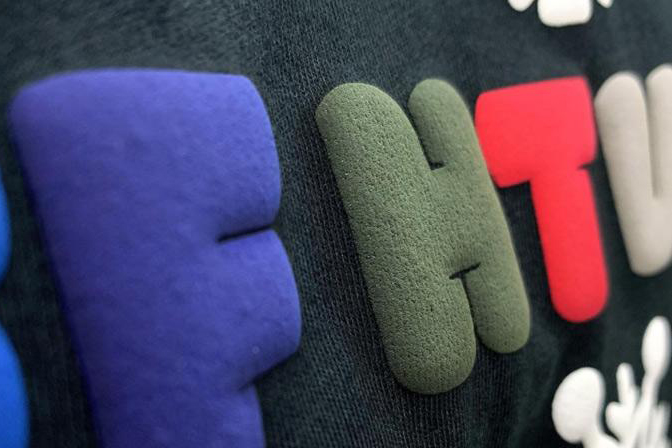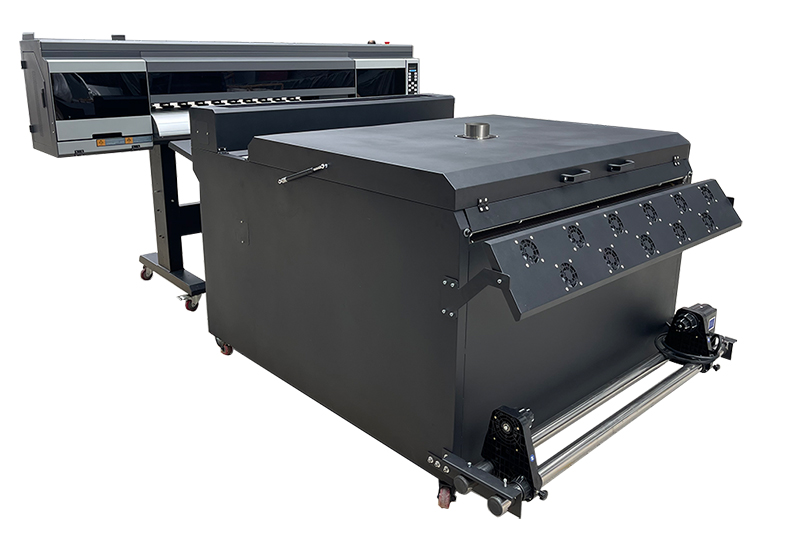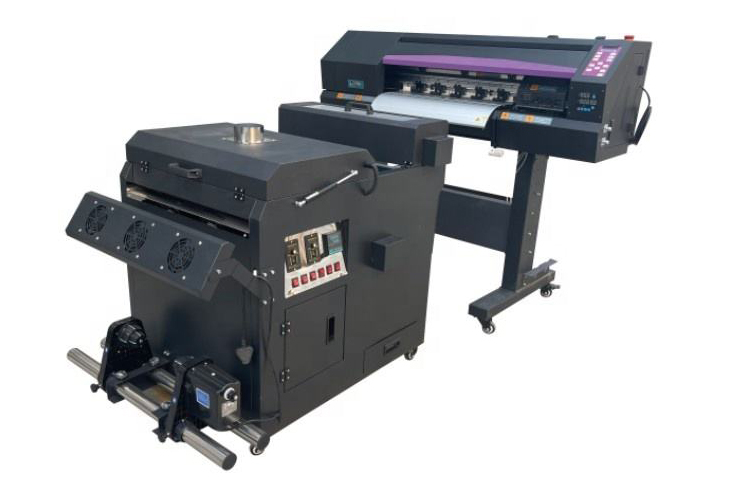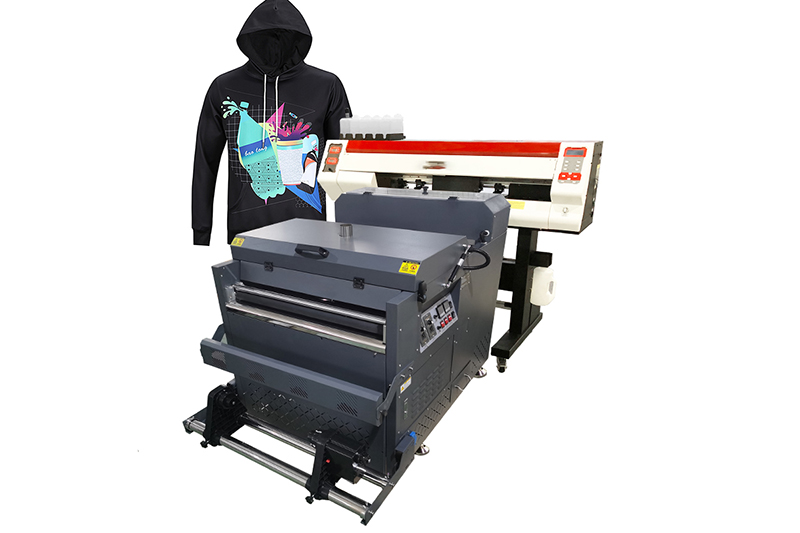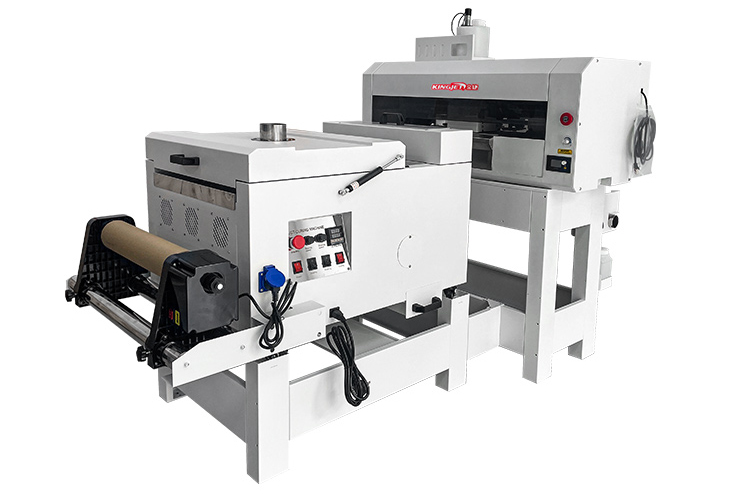Puff HTV manufacturing involves a set of techniques that contribute to the creation of textile brilliance. Here are some key aspects of the manufacturing process:

1. Formulation Development: Manufacturers develop specific formulations for puff HTV, considering factors such as the desired foam structure, adhesion properties, durability, and compatibility with different fabrics. This involves selecting the appropriate base polymer, blowing agents, adhesive components, and additives to achieve the desired characteristics.
2. Blowing Agent Incorporation: Blowing agents are carefully incorporated into the polymer matrix during the manufacturing process. These agents are responsible for creating the foam-like structure when heat is applied. The selection and precise dosage of blowing agents play a crucial role in achieving the desired puff effect and foam density.
3. Material Preparation: The base polymer, blowing agents, and other additives are mixed and processed to form a uniform and consistent material. This often involves processes such as compounding, extrusion, or calendering to create the desired thickness and texture of the puff HTV material.
4. Cutting or Printing: Puff HTV can be produced in rolls or sheets, which are then cut into desired shapes or printed with designs using techniques such as vinyl cutting or digital printing. Cutting or printing equipment is used to achieve precise and accurate designs, ensuring that the details of logos or artwork are captured effectively.
5. Heat Transfer Application: Puff HTV is applied to fabric or other substrates through a heat transfer process. A heat press or similar device is used to apply heat and pressure to the puff HTV, activating the blowing agents and causing the material to expand and create the raised effect. Proper temperature and pressure settings are critical to achieving consistent and reliable results.
6. Quality Control: Throughout the manufacturing process, quality control measures are implemented to ensure that the puff HTV meets the desired standards. This involves testing the foam structure, adhesion strength, color accuracy, and durability of the material. Manufacturers may also conduct wash and wear tests to assess the performance of the puff HTV over time.
7. Innovation and Research: Puff HTV manufacturers continually innovate and research to improve the material's performance and expand its applications. This includes exploring new blowing agents, developing advanced adhesion technologies, experimenting with different foam structures, and enhancing the compatibility of puff HTV with various fabric types.
The mastery of puff HTV manufacturing requires expertise in polymer chemistry, material processing, design techniques, and quality control. By carefully controlling the formulation, production techniques, and quality assurance, manufacturers can create puff HTV that delivers the desired textile brilliance, including dimensional effects, vibrant colors, and durable embellishments.
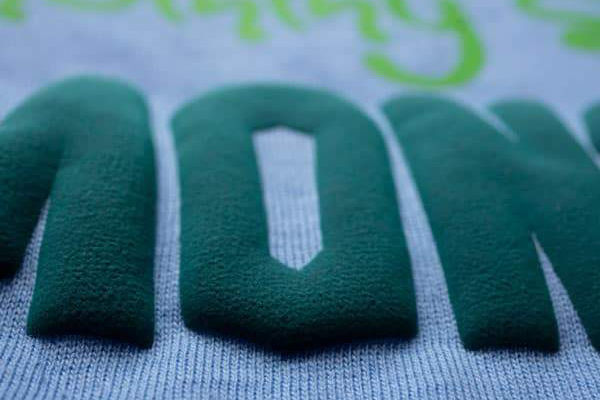
The following is the product parameter information of puff htv produced by Kenteer:
Size: 0.5mX25m(Customizable size)
Transfer printing temnperatur: 140°C-150°C
Transter pnnbng pressure: 3-4KG/Mpa
Thickness: Before pressing: 0.19mm ,After pressing: 1mm
Transfer printing time:15-20S
Peel: Warm peel
Application:Clothing trademark printing,personalzed t-shits,personalzed hats,avertising shirt,handbags, bags, silk banner and other fabric products

